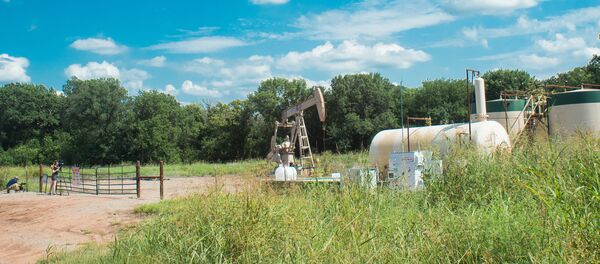For such a devastating earthquake to take place, it would have to be the result of a rupture, not only the Newport-Inglewood fault in Orange and Los Angeles counties, but also in San Diego’s Rose Canyon fault system, which has not moved since around the mid-1650s.
The study, published in the Journal of Geophysical Research, concluded that "an end-to-end rupture of the offshore portion of the (Newport-Inglewood/ Rose Canyon) fault zone could, depending on rupture characteristics, produce a M 7.3 earthquake, or a M 7.4 event if a northern onshore segment is included. If rupture were to occur on the southern onshore portion of the fault as well, the magnitude would be even greater."
US Geological Survey’s Valerie Sahakian, lead author of the study, told the Los Angeles Times, "These two fault zones are actually one continuous fault zone."
Previously, scientists have reported that there could be as much as a three-mile gap between the faults, but the new study posits that the faults are only separated by a distance of one and a quarter miles.
Sahakian said, "That kind of characterizes it as one continuous fault zone, as opposed to two different, distinct fault systems," explaining that this characteristic makes it easier for an earthquake to spread, as its seismic reach widens.
Some seismologists have suggested that the two faults may be one over the last 30 years, but proving the theory requires finding the gap’s underwater location. Now, researchers from UC San Diego’s Scripps Institution of Oceanography, including Sahakian, spent 100 days aboard boats collecting data in 2013.
They generated data using a machine that sends acoustic waves to the sea floor. The information sent back helped researchers locate the faults and produce a more accurate map.
Egill Hauksson, a seismologist at Caltech not involved with the study said that the location of the faults, near the shoreline and with extremely watery soil, is a cause for concern. He explained, "you would see a lot of liquefaction in the coastal areas, which means there will be a lot of damage to all kinds of coastal structures or piers." The most-impacted areas in such a temblor would have to seek assistance from places as far away as Santa Barbara and the Inland Empire.
Sahakian advised, "Make sure your bookshelves are bolted to the wall. Always be prepared for a large earthquake."




